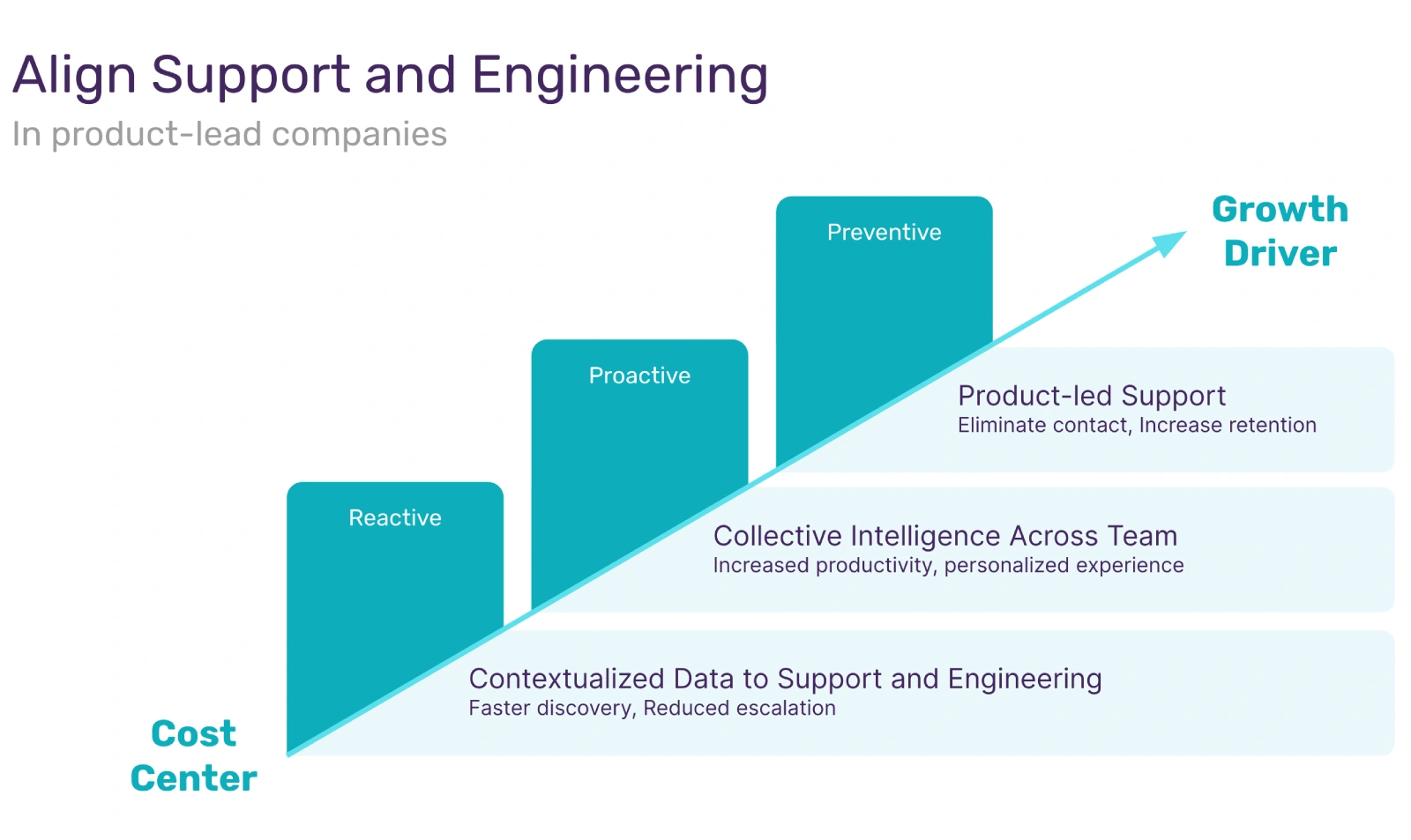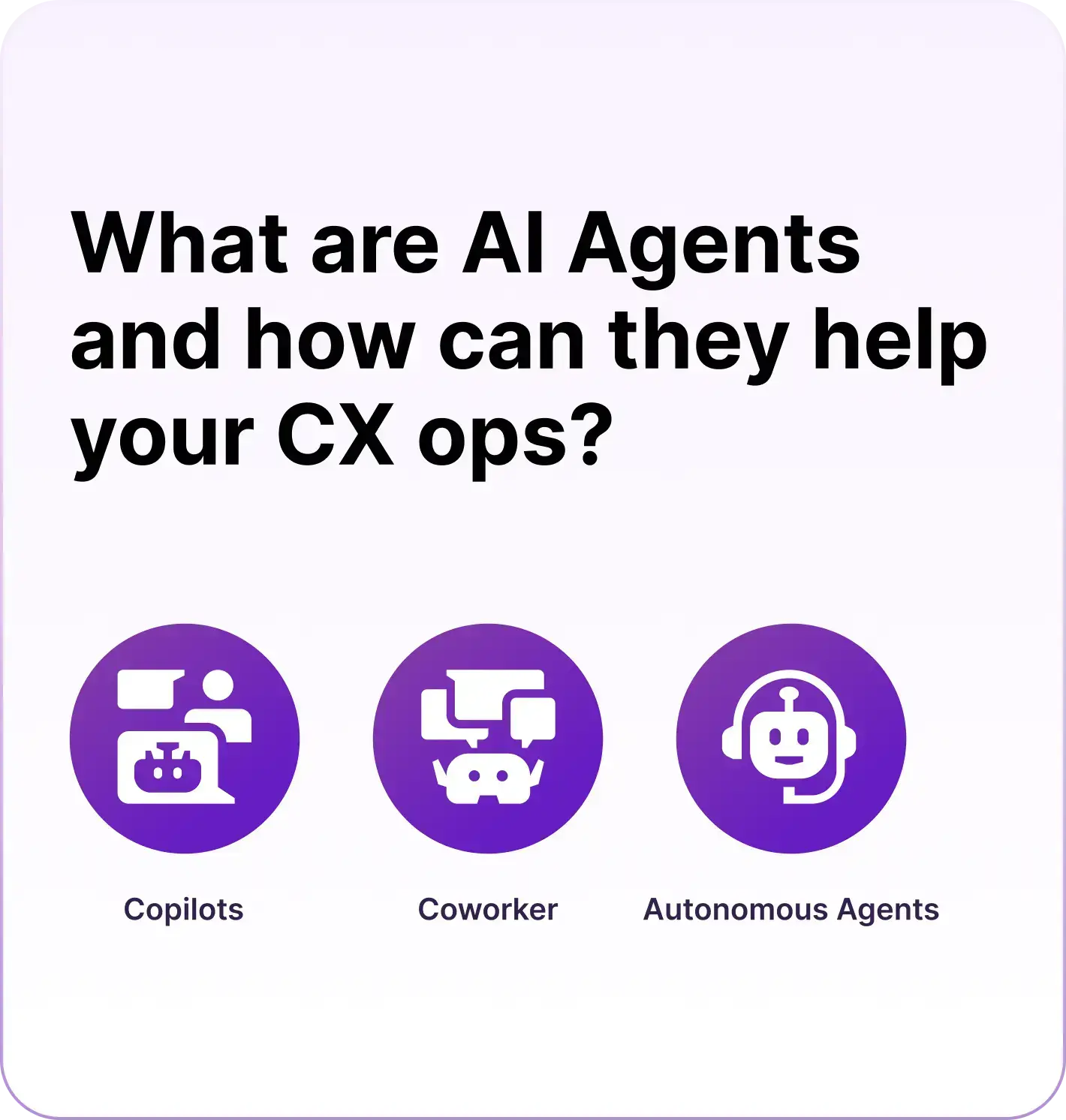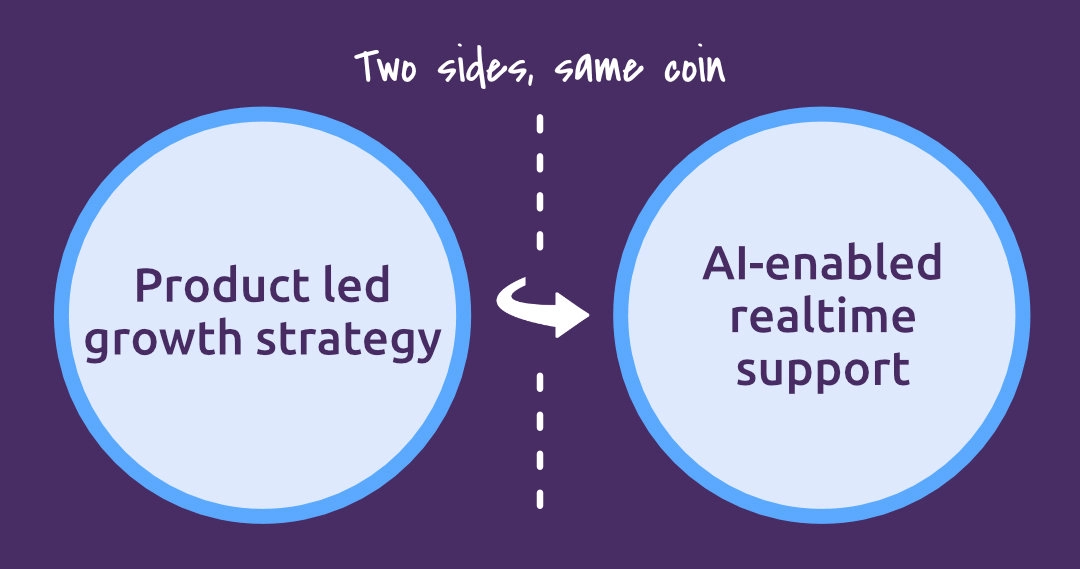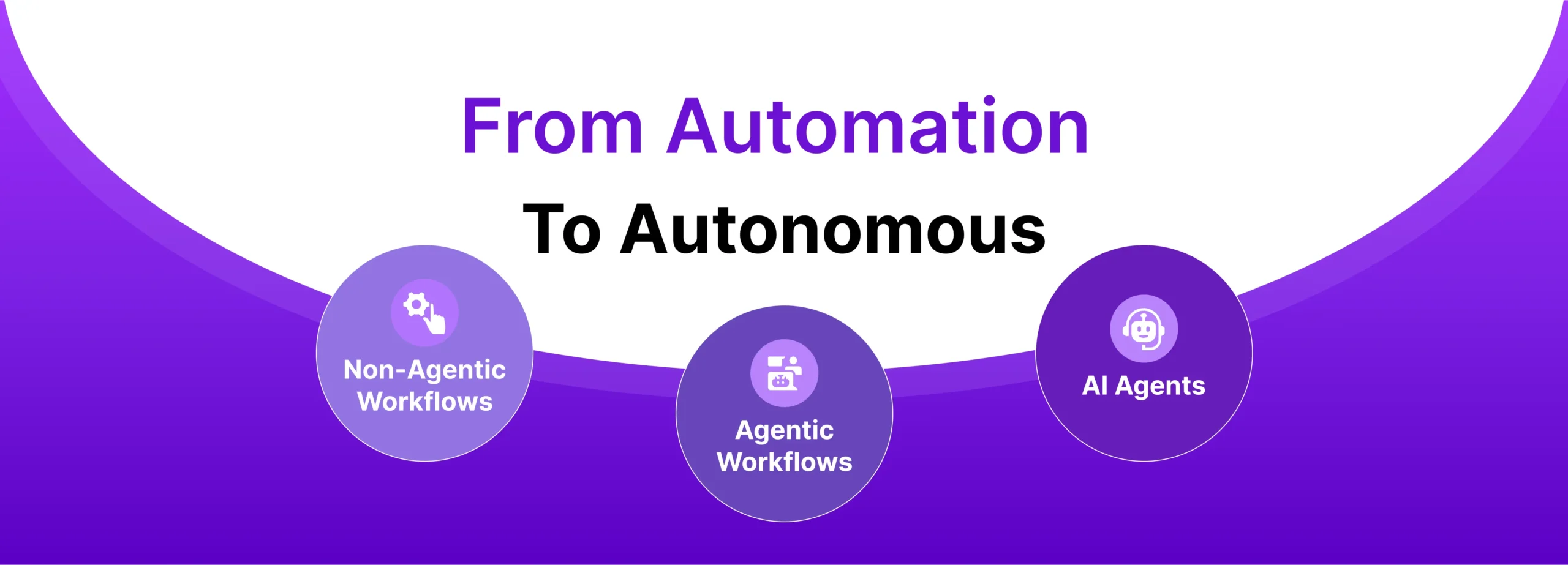For the last 20 years businesses have been transitioning their operations to Cloud infrastructure largely driven by agility, simplicity, and cost reduction. As infrastructure moved to the cloud and also operated in a hybrid model, the door was opened to a massive transition to digital business models. In just the first three months of 2020, McKinsey estimates US e-commerce penetration was accelerated by an equivalent of 10 years.
The role of customer support has similarly evolved over this period and today is on the cusp of a remarkable transformation. Formerly, customer support centers embraced the cloud as a way of reducing costs and increasing the profit margin of the goods that were purchased in advance. With the advent of SaaS products, customer support was required to provide 24/7 service through a multitude of channels (such as mobile, IM, and WhatsApp) leading to the rise of Conversational Support parts of the customer service process that are automated via chatbots, creating an always-on presence where all inquiries are responded to immediately.
Today, the predominant SaaS business model is an annual/monthly subscription where the profits are no longer captured up front but during the long tail of the relationship. There’s real pressure for competing SaaS businesses to differentiate their offerings with “realtime support” in which a customer’s issue is resolved the moment it is raised, or even more ideally, is predicted and prevented from happening at all.
SaaS products generate a tremendous amount of data that can be utilized for realtime support — such as user data, product usage data, and operational data. When this data is integrated with more traditional customer data from service tickets and CRM, companies can draw a complete picture of the situation, predict the most effective resolution, and prioritize bug fixes and new features.
The key to moving to realtime support operations is a new data platform that can:
- Understand and access product and usage data.
- Contextualize that data with customer information.
- Tailor that data for each customer touch point within specific applications.
The Benefits of Data Automation in Support Operations
A dedicated data platform built with the specific application integration requirements and tailored analytics unique to support processes is critical for delivering realtime support. By enabling end-to-end realtime support processes, companies will bring into alignment every customer-facing team with a clear singular view of the customers’ needs.
A support operations data platform is not a data warehouse that creates a new repository for all the product, usage, and customer data. Rather views of the data are created so that the data can be integrated and cleaned in real time and then flow to where it’s needed. This leads to tremendous business benefits, which include:
- Insight into operations: With this platform, companies can analyze all of their operations relative to the product feature data and customer tickets. Using this analysis, businesses can then make decisions about what to do in the future, how to respond to customers, and how to improve the product based on that data.
- A comprehensive view of the customer experience: The platform offers a business-wide view that is often missed when companies only focus on the data of individual users. This ensures tracking of every interaction a customer has with a product or support staff to offer a full picture of that customer’s experience.

With product-led companies, customer lifetime value is a vital metric. Support becomes integral to the lifetime satisfaction and brand affiliation of a customer. Support simply cannot be an afterthought any longer — it must be designed and constructed in advance because in effect, support is a key part of the product.
A support operations data platform enables customer support to transform from a reactive cost center modality to a proactive growth-oriented operation. Support becomes a differentiator to the company’s overall appeal. As the platform offers the ability to see a full description of what is going on with a customer in realtime, problems can be addressed by support reps with the full context and understanding of the customer.
Download the white paper Delivering Realtime Support with TheLoops to learn more.




